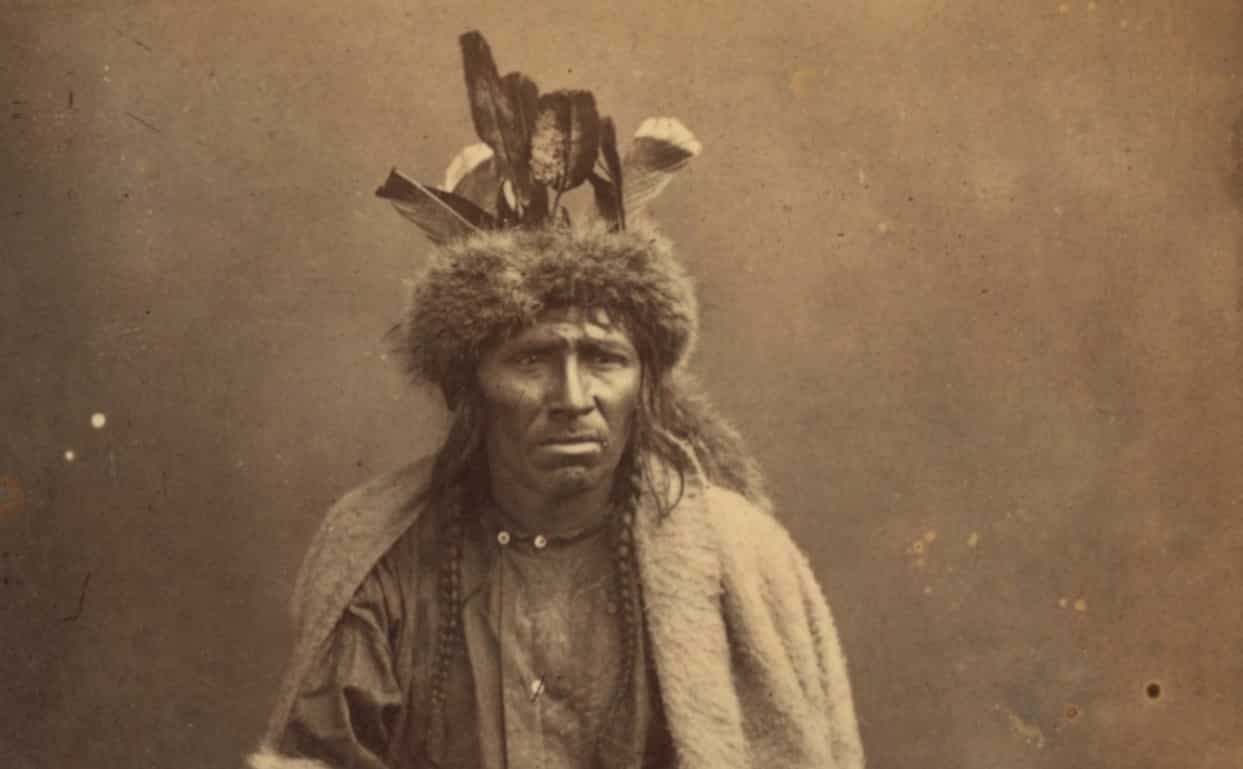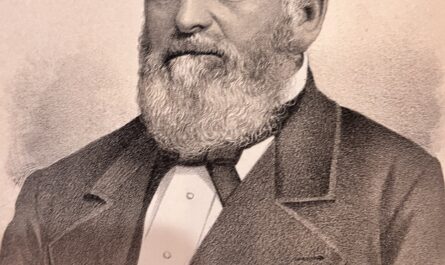The following little story is an account by noted Caseville author and historian Mary Cobb Langley. In 1960, she published “History of Caseville: biographies and legends.” The work has been scanned by Google and is now, amazingly, considered in the public domain. One of the book’s stories deals with discovering the remains of a Michigan Indian chief just north of Bay Port.
In the 1920s, Michigan had a flurry of archaeological activity to record and catalog Native American villages, garden beds, and burial mounds. As a result, the entire Saginaw Valley has 100s of identified sites. In 1925, U of M professor Dr. H.B. Hinsdale wrote “The Primitive Man in Michigan” 1925, which catalogs many of the historical Indian sites in the state. The identification and looting of Indian artifacts from burial mounds was a common occurrence.
A Blue Feather in the Sand
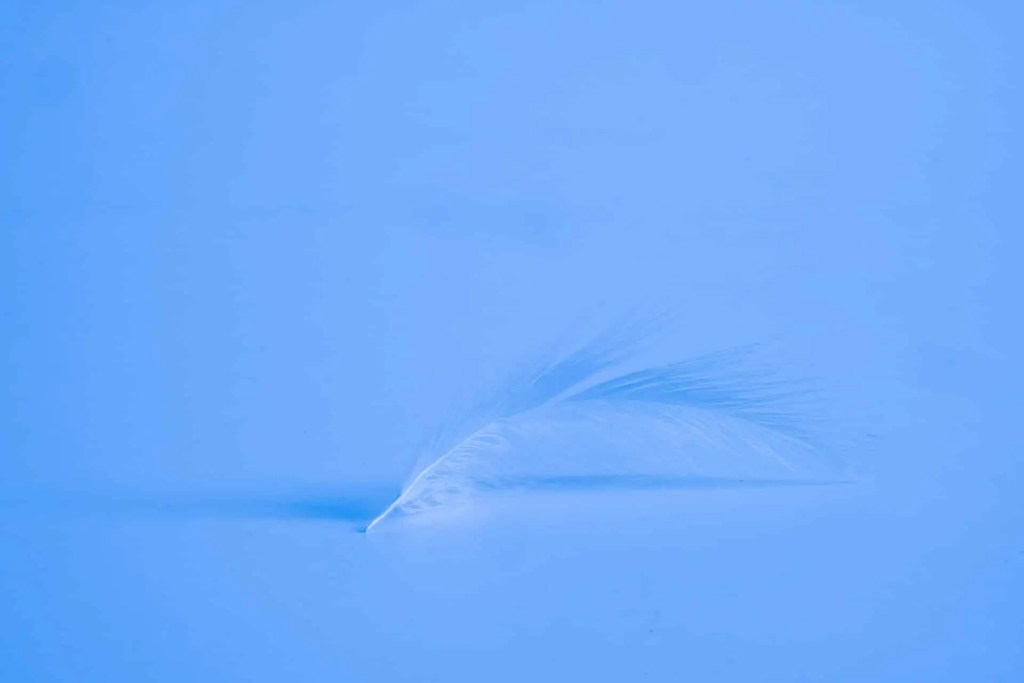
“About 1925 [sic], Mr. Orville Chapin was going out to feed his chickens one windy March morning when he saw a bright blue feather sticking from a small bare spot of sand beside an outbuilding. Mr. Chapin said afterward he knew dang well his old hens hadn’t shed any blue feathers. In uncovering the feather, others came into view until a whole headdress lay on the sand. In great excitement, Mr. Ohapin called his wife Essie, and carefully, they both pushed the sand away and discovered a skeleton of an Indian.”
“Mr. Chapin called the Michigan University and asked them to send a man well versed on Indian Lore to their farm, located within a stone’s throw of Wild Fowl Bay, an inlet of Saginaw Bay. They did, and the U of M man, assisted by Mr. Chapin, dug up the contents hidden by the sand for a hundred years. Mr. Chapin invited by word of mouth, telephone, and newspaper anyone who cared to come the following Sunday and listen to the U of M man lecture on Indians and see the remains of this particular Indian.”
The Biggest Lecture in Caseville
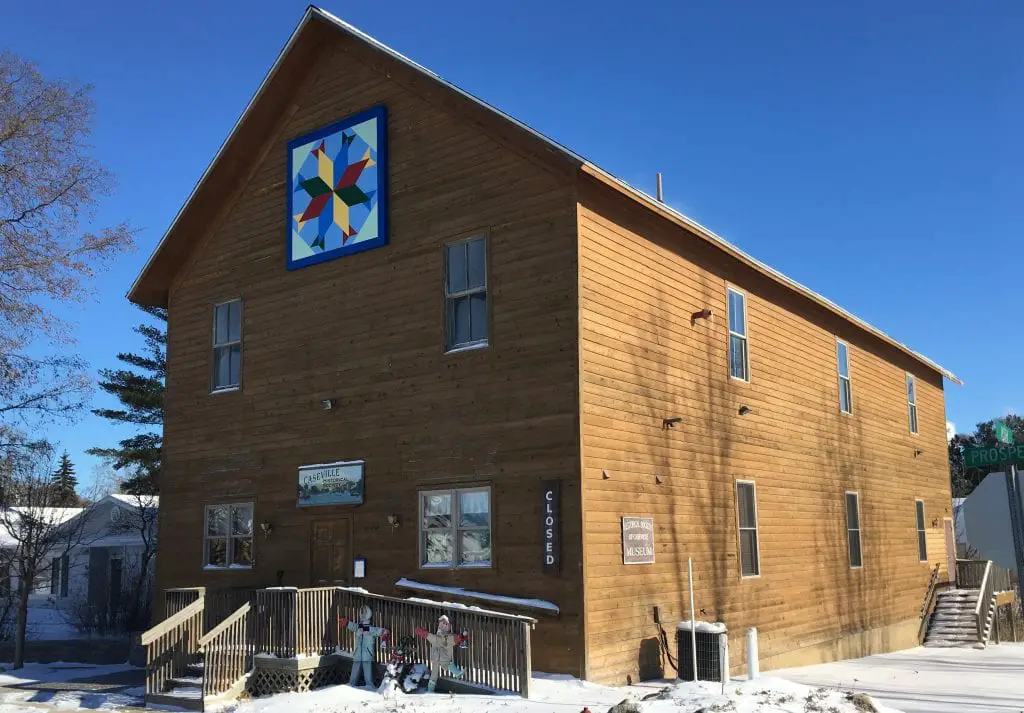
“The show was to start at one o’clock. They came on foot, in a buggy, by car, and in a few lumber wagons. There must have been three hundred men, women, children, and half a dozen dogs, excited by the crowd, ran hither and yon, yelping and getting in everyone’s way. Teachers from the Caseville, Bay Port, Elkton, and Pigeon schools were there to hear a college professor speak and to learn something new for their classrooms.”
“The speaker removed the covering from three long planks resting on sawhorses inside a wire fence enclosure. On the planks, placed in order, were the bones and feathers, beads, a long rusty object, and even the long hair.
The speaker started by telling us he had been a warrior and chief of the Chippewa tribe. A quart and a half of small white and sky-blue beads had been salvaged from the sand by sifting, which had been embroidered in his garments. The garments indeed had been fashioned from deerskin, although no trace remained. He had been six feet tall or over and in the early ‘30s. This could be told from the perfect set of teeth firmly in the jawbones.”
The Warrior Killed in Battle or Murder?
“The whole skeleton was perfectly preserved except for the bullet hole in the skull. Mr. Chapin was inside the wire enclosure, answering questions. He was a nature lover and knew a lot about wildlife, and darned if I didn’t think some of Mr. Chapman’s dialogue was better than the professors. The afternoon wore on, and the smaller children began to fret and wanted a drink of water. They were tired, they were cold, and they wanted to go home. Occasionally some of the women went into the house to visit Essie (who told each newcomer how they found it) and to get warm.”
“As the speaker spoke on, we could almost visualize the young Indian chief in his native war togs, the look of eagles about him and running through the forest on silent feet. He must have seen the autumn maples, seen the stormy waters of the bay in winter, and heard the calling wild geese above the tallest pine trees. Why did he have to die so young, and who killed him? What was his name? What act of strength and courage did he perform to earn it?
remains of Michigan Indian chief Artifacts Date Back to the 1700s
“The rusty length found in the grave was a French-made gun. The bullet was still in the chamber with a silver Fleur-de-lis on the rotted wood stock. Lastly, our lecturer said it could be the Indian had never been buried. He lay where the enemy’s bullet dropped him, the leaves fell on him, and the sand sifted over him until that windy March night.”
“The afternoon was over. The man from the U of M prepared to leave, taking with him all that was left of a once-great chief to be placed in a museum with other Indian relics garnered by the State of Michigan. We read about the skeleton of an Indian in this territory dug from an excavation from time to time. It was always about a young male. What did they do with the bodies of the old men, squaws, and papoose?”
“We know the varied list of pocket pieces a white youth carries from shiny horse chestnuts to silver dollars well. The young men of the tribes also had pocket pieces, mostly bones from fish. The one they were the fondest of was the ear bones from the drum fish or freshwater sheep head, which are pearly looking, about the size of a quarter and concave-shaped, with a design like a letter L on the outside.”
“The French and English brought the bright-colored beads over from the old country by boatloads. They traded with the Indians for rich beaver pelts, furs, and Indian handicrafts. So for a few beads, they had a return cargo worth thousands of dollars. The Indian thought they had the best of the bargain at that.”
Great Story, But the Timing was Off by a Decade
I searched and searched for some sort of news coverage of the discovery of the remains of an Indian chief in the 1920s and came up with nothing. Then with a bit of luck found an account in the Cass City Chronicle in 1933.
Indian Discovery Attracts Throngs – April 14, 1933
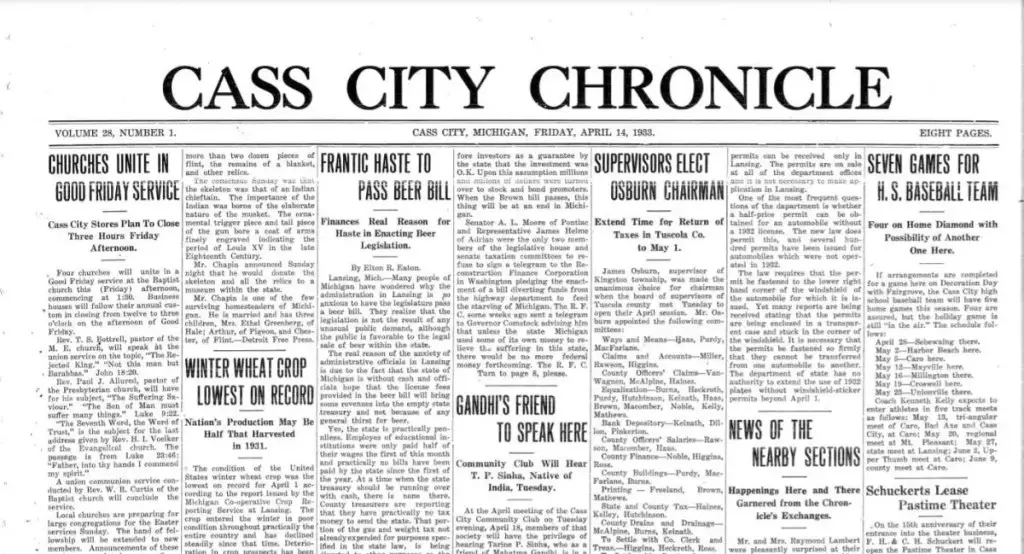
“Hundreds from all parts of Eastern Michigan flocked to the farm home of O. P. Chapin, eighty-two-year-old Huron County pioneer, on the Saginaw Bay shore three miles north of Bay Port to watch excavation Sunday afternoon near the spot where an Indian skeleton was found several days ago. Dr. Max M. Peet, professor of surgery at the University of Michigan headed a group of men who assisted Mr. Chapin in uncovering other Indian relics Sunday.
Uncovered by the wind on the sand dunes of the Chapin farm, the skeleton was found buried with an ancient flintlock musket, large numbers of blue and white beads, more than two dozen pieces of flint, the remains of a blanket, and other relics. The consensus Sunday was that the skeleton was that of an Indian chieftain. The importance of the Indian was borne of the elaborate nature of the musket. The gun’s ornamental trigger piece and tailpiece took a coat of arms finely engraved, indicating the period of Louis XV in the late Eighteenth Century.
Mr. Chapin announced Sunday night that he would donate the skeleton and all the relics to a museum within the state.
Mr. Chapin is one of the few surviving homesteaders of Michigan. He is married and has three children, Mrs. Ethel Greenberg of Hale; Arthur of Pigeon, and Chester, of Flint.–Detroit Free Press”
Indian Artifacts and Remains Are Being Returned Albeit Slowly
Since the Native Graves and Repatriation Act was established in 1990, around 32,000 human remains, have been returned to their respective tribes. Approximately 670,000 burial artifacts, 120,000 unassociated funerary objects, and 3,500 sacred objects were returned.
The University of Michigan Museum of Anthropology contains around 1,400 human remains ranging in age from 800 to 3,000 years in storage.
Related Reading
- Indian Villages and Sites in Huron County Michigan
- The Horrid History of Indian Boarding Schools in Michigan
- 4 Amazing Stories About the Indian Trails of Michigan’s Upper Thumb
- 5 Tales About Michigan Indian Tribes You Were Never Taught in School
- Chief Standing Oak Defeated the Fox Tribe Near Sebewaing
Discover more from Thumbwind
Subscribe to get the latest posts sent to your email.

